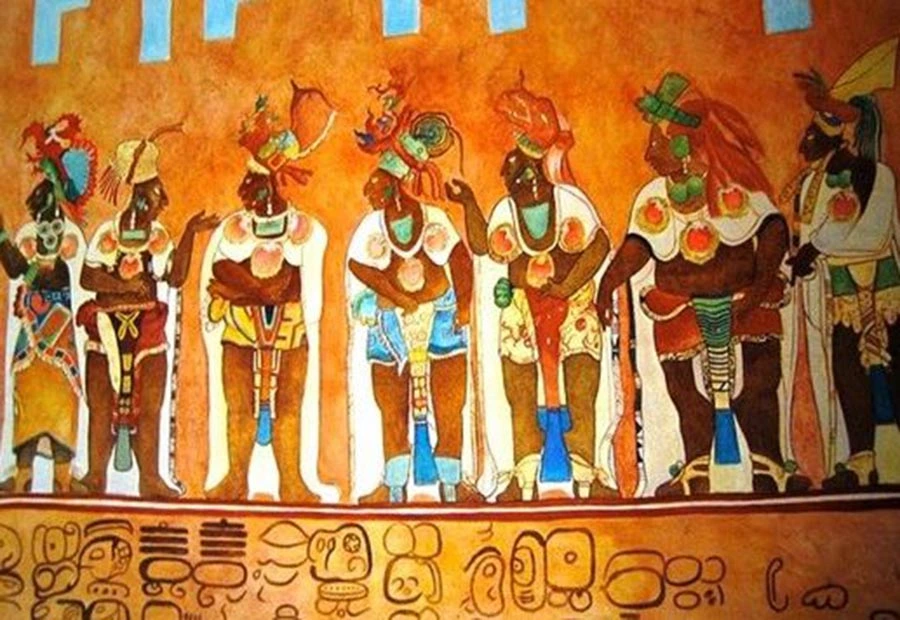
The Splendor of the Maya: History, Culture, and Legacy of an Ancient Civilization
For over two thousand years, in the vast lands of Mesoamerica, flourished a civilization whose legacy has endured through time as a monument to human greatness. The Maya, with their complex network of cities, advanced astronomical knowledge, intricate writing system, and profound spirituality, represent one of the most outstanding achievements of ancient history.
From the jungles of Guatemala to the Yucatan Peninsula, and from the lowlands of Chiapas to the coasts of Belize, the remnants of this civilization continue to awe the modern world. But beyond the ruins and artifacts, the Maya bequeathed to us an intellectual and spiritual legacy that continues to inspire and fascinate present generations.
Maya History: The Origin of a Civilization
For over two thousand years (from 500 BCE until the arrival of the Spanish conquistadors), the ancient Maya achieved extraordinary accomplishments in architecture and urbanism, art, writing, and scientific knowledge, which they shared with other Mesoamerican cultures.
Settled in a diverse and bountiful environmental setting, yet sometimes hostile and unpredictable, they developed agricultural techniques and nature management skills that allowed them to sustain vast cities with thousands of inhabitants.
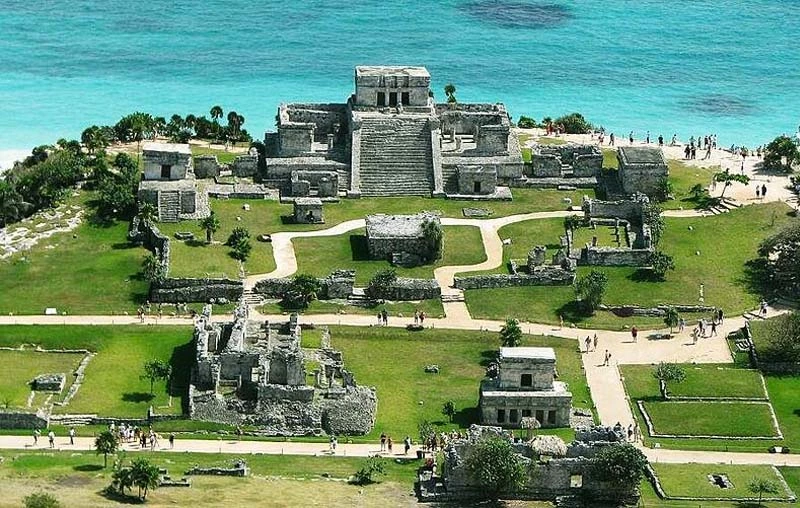
The Splendor of the Mayan Cities
The Mayan empire encompassed the present-day Mexican states of Campeche, Chiapas, Tabasco, Yucatán, and Quintana Roo, as well as Guatemala, Belize, and parts of Honduras and El Salvador. Their territory, spanning over (186,411 miles2) 300,000 Km2, consisted of rugged terrain and powerful rivers, flat lands with impenetrable jungles, low and thorny scrublands, savannas, and coastal mangroves.
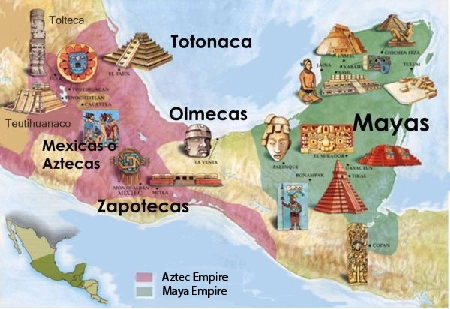
Death and the Afterlife for the Maya
For the Maya, as for the rest of cultures, death was surrounded by rituals and ceremonies related to the status of the departed. The Maya expression for death was “cham,” meaning “to die.” Upon leaving the body, the vital breath extinguished, and the deceased journeyed to the ‘och b’ih, meaning the path of death.
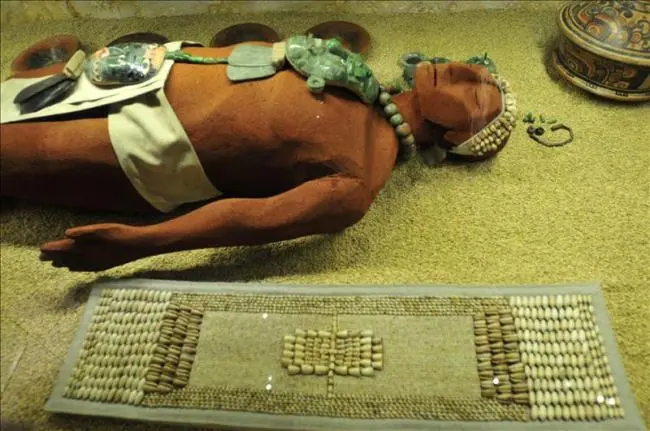
War and Power among the Maya
The war was a common practice that allowed the divine lords, known as k’uhul ajaw, to increase and maintain their power over their rivals. Stelae, altars, murals, and ceramics depict bloody battles and cruel punishments imposed on the defeated.
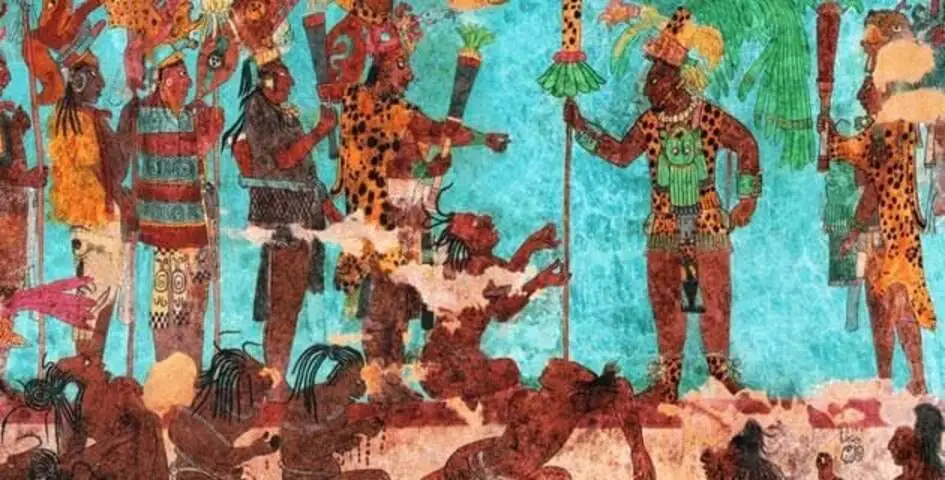
Mayan Gods and Spirits
Life among the Maya was accompanied at all times by a host of supernatural beings, similar to humans and with feelings. Each one had its own essence and attributes, but at times, they would merge with another being.
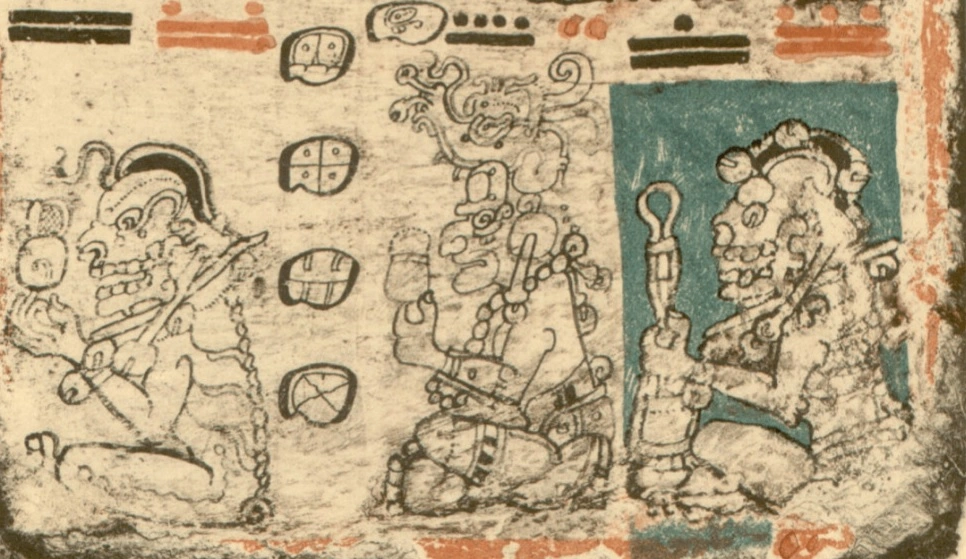
The Sacred Maya Ballgame
The ballgame was a ritual associated with the perpetuation of royal power and communication with the otherworld; it evoked myths about creation and symbolized the confrontation between the underworld and the upper world.
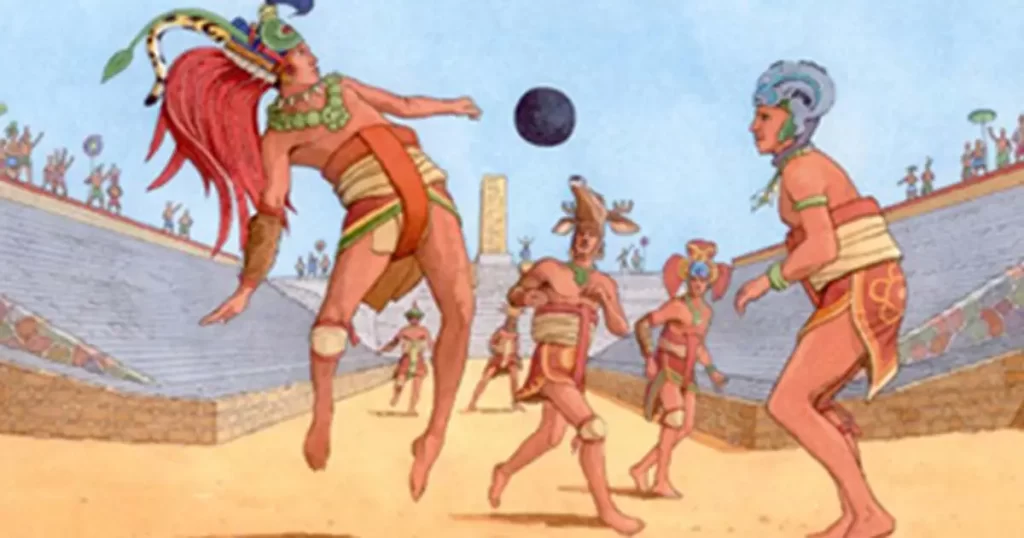
The Daily Life of the Maya
The Nobles lived in large cities with high population density, built on the banks of rivers and low-lying lands, featuring monumental plazas, temples, palaces, and stelae. Artisans crafted everyday objects, ceramics, jade and seashell ornaments, gemstones, and tools.
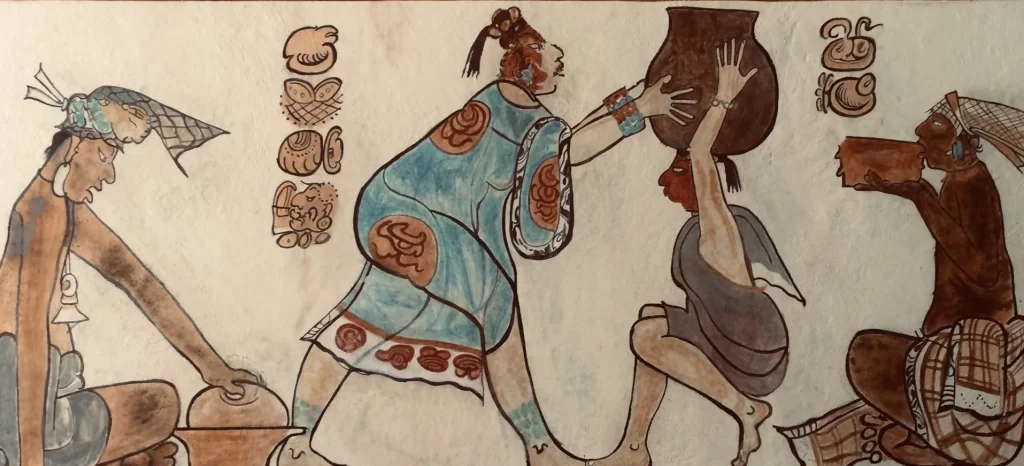
Time and Astronomy in Maya Culture
The Maya conceived time and astronomy in a complex manner, based on the observation of celestial bodies’ movements. They developed precise calendars, such as the Tzolk’in (sacred calendar) and the Haab’ (solar calendar), which regulated daily, ritual, and agricultural activities.
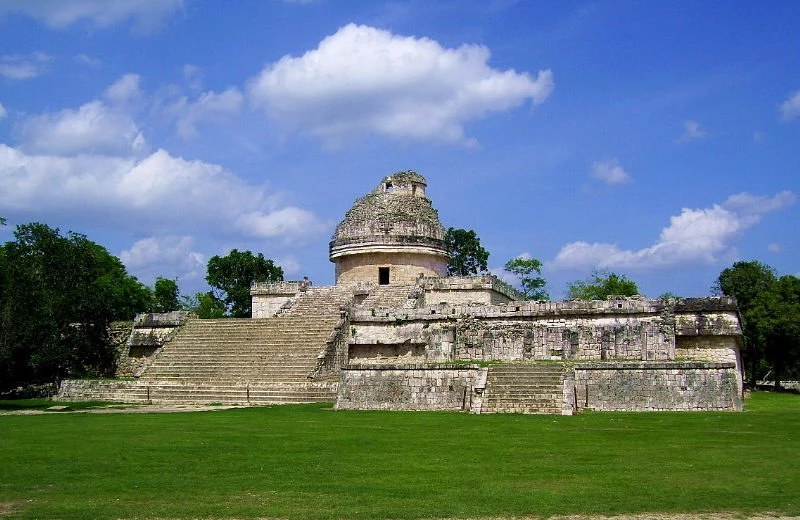
The Writing and Communication of the Maya Civilization
The Maya developed a complex writing system based on hieroglyphs, which they used on stelae, lintels, ceramic vessels, and bark-paper codices. This system allowed them to record history, genealogy, astronomy, religion, and other aspects of their culture.
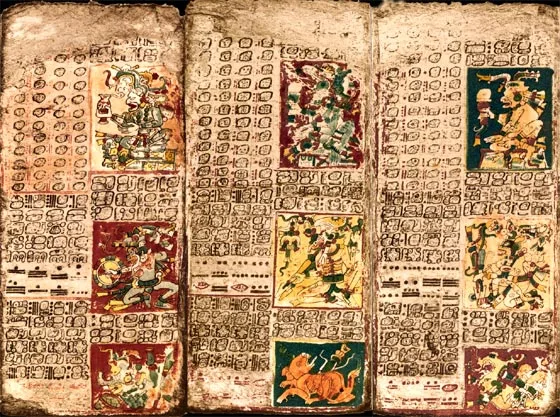
The Technological Innovation of the Maya
The Maya were expert farmers who developed advanced cultivation techniques, such as terrace construction and irrigation systems. They also excelled in engineering, building elaborate drainage systems, aqueducts, and impressive architectural structures.
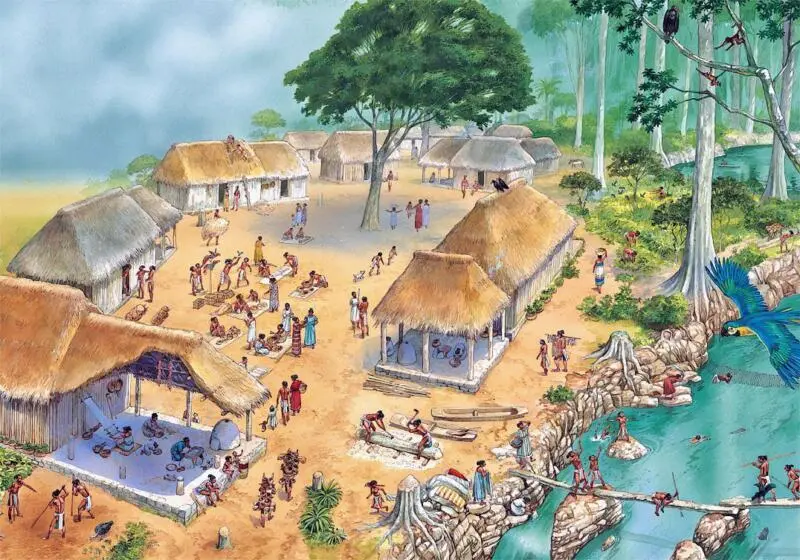
Trade and the Maya Exchange Network
Trade played a crucial role in the Maya economy, facilitating the exchange of agricultural products, crafts, minerals, and other goods among different regions. Trade routes connected cities and ceremonial centers, creating a network of exchange that spanned the entire Mesoamerican region.
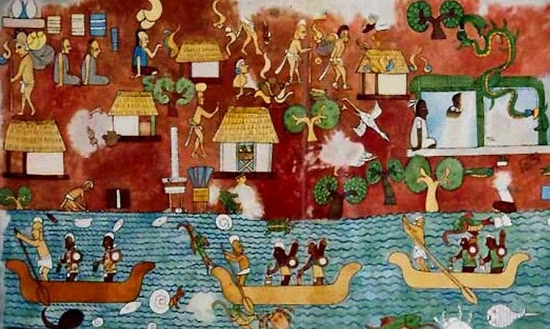
The Decline and Mystery of the Maya Collapse
The decline of the Maya civilization is an enigma that has puzzled researchers for centuries. Various theories have been proposed, ranging from climatic changes to internal conflicts and external pressures, but the mystery of its collapse remains only partially resolved.
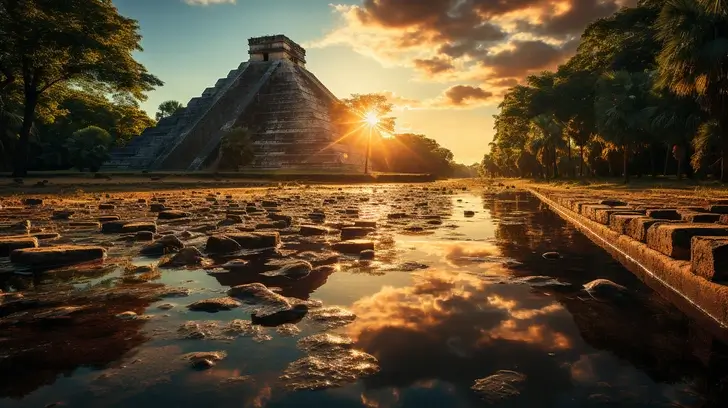
The Enduring Legacy of Maya Culture
Despite their disappearance as an independent civilization, the Maya legacy endures in the memory and culture of the indigenous communities still inhabiting the region, as well as in the ruins of their ancient cities and in the knowledge passed down through the centuries.
Their art, architecture, writing, and spiritual wisdom remain a source of inspiration and admiration for the modern world.
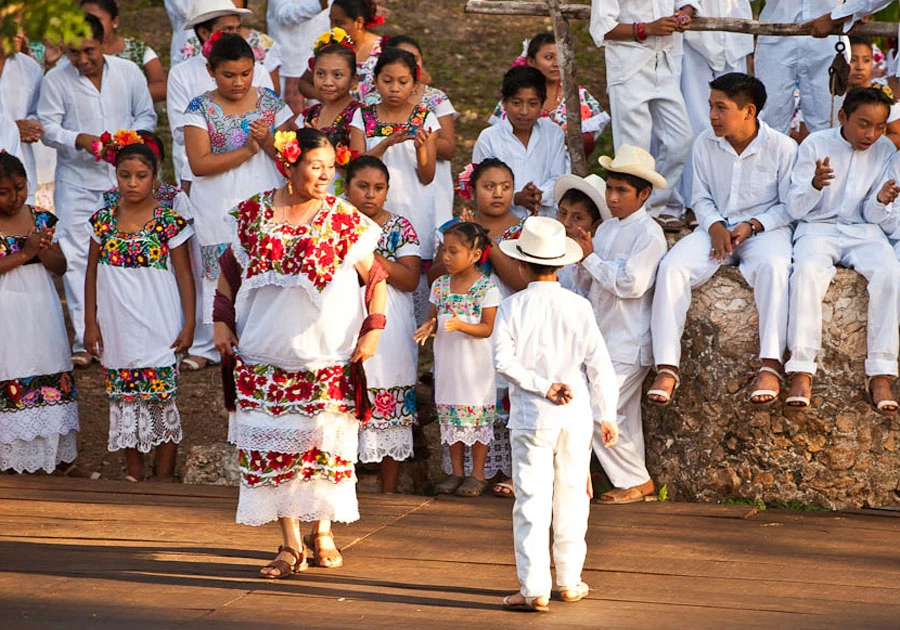
Join us on this journey through time and space, where the mysteries of the Maya await to be discovered and appreciated by future generations. With the Maya Train, you will learn about the history, culture, and legacy of a civilization that left an indelible mark on the landscape and soul of Mesoamerica.
